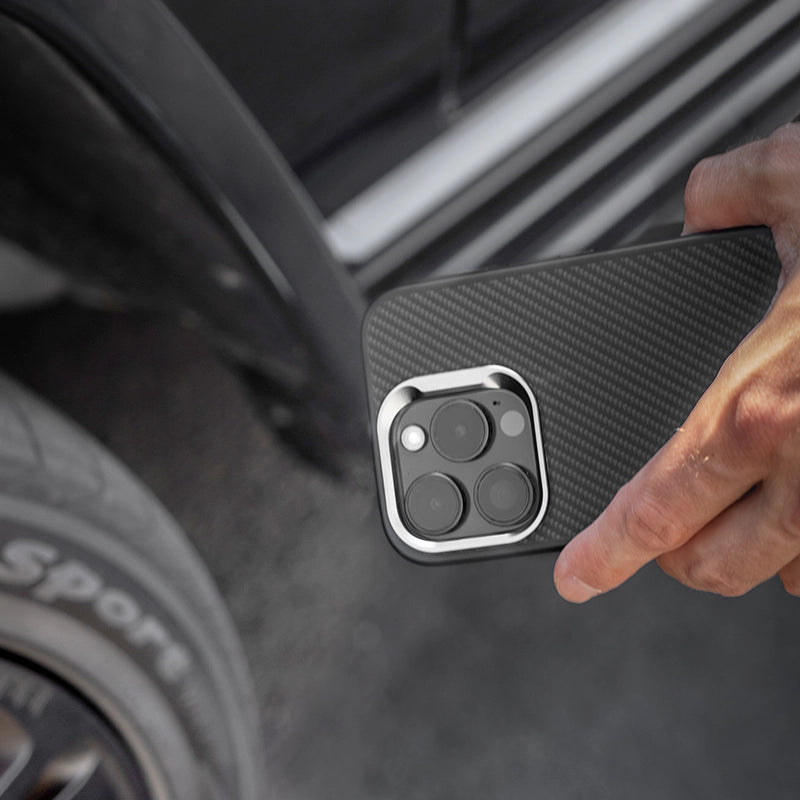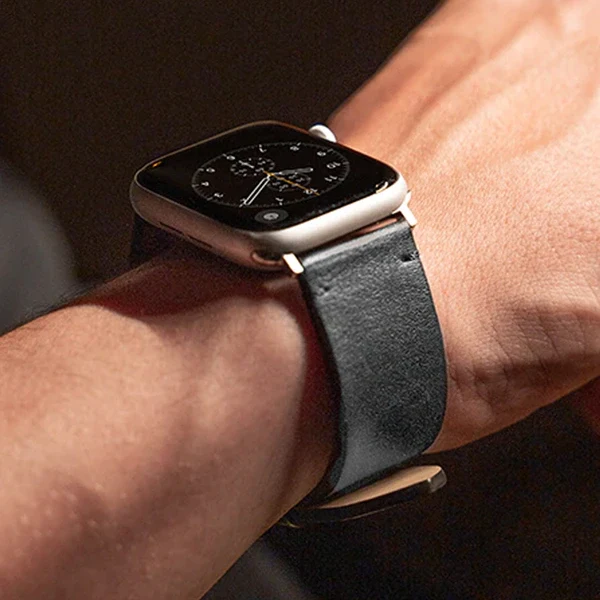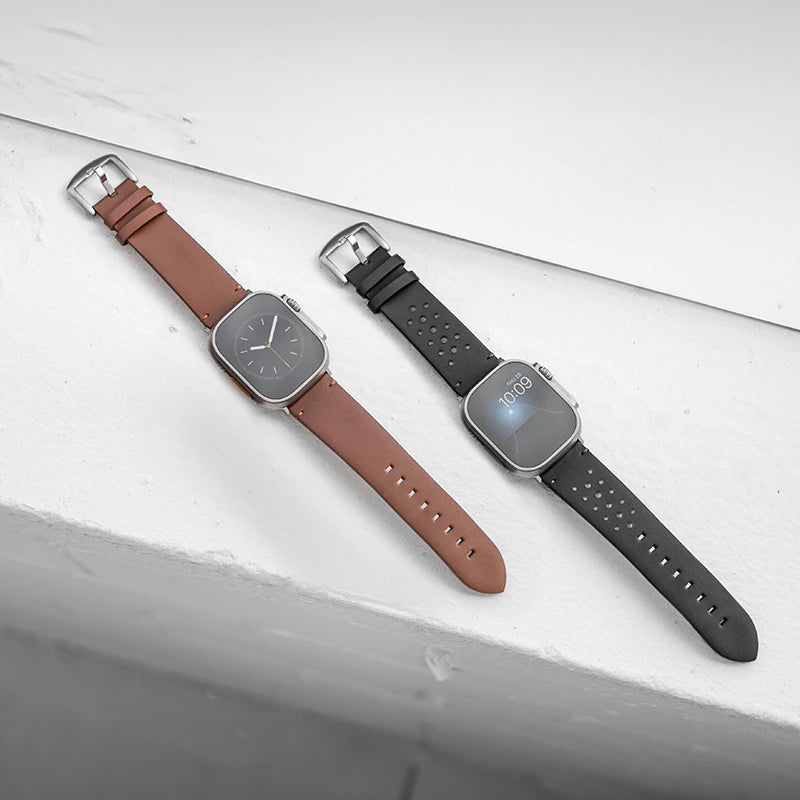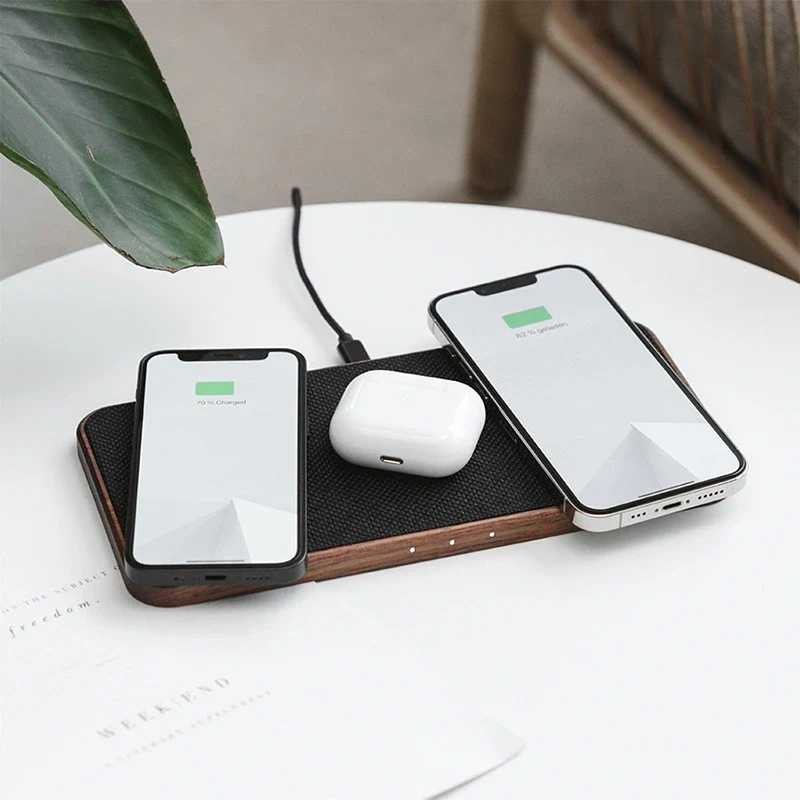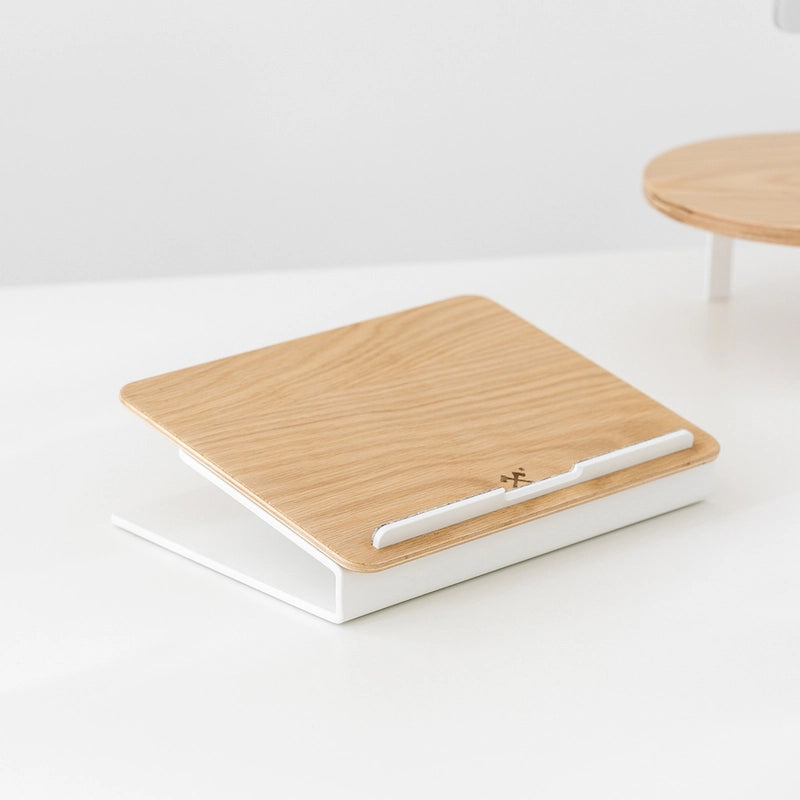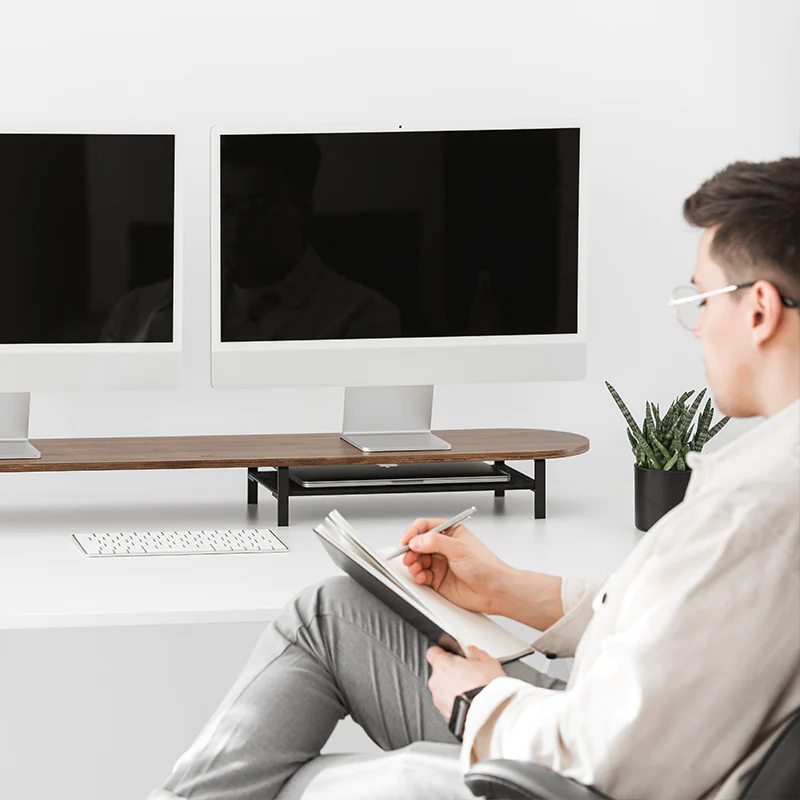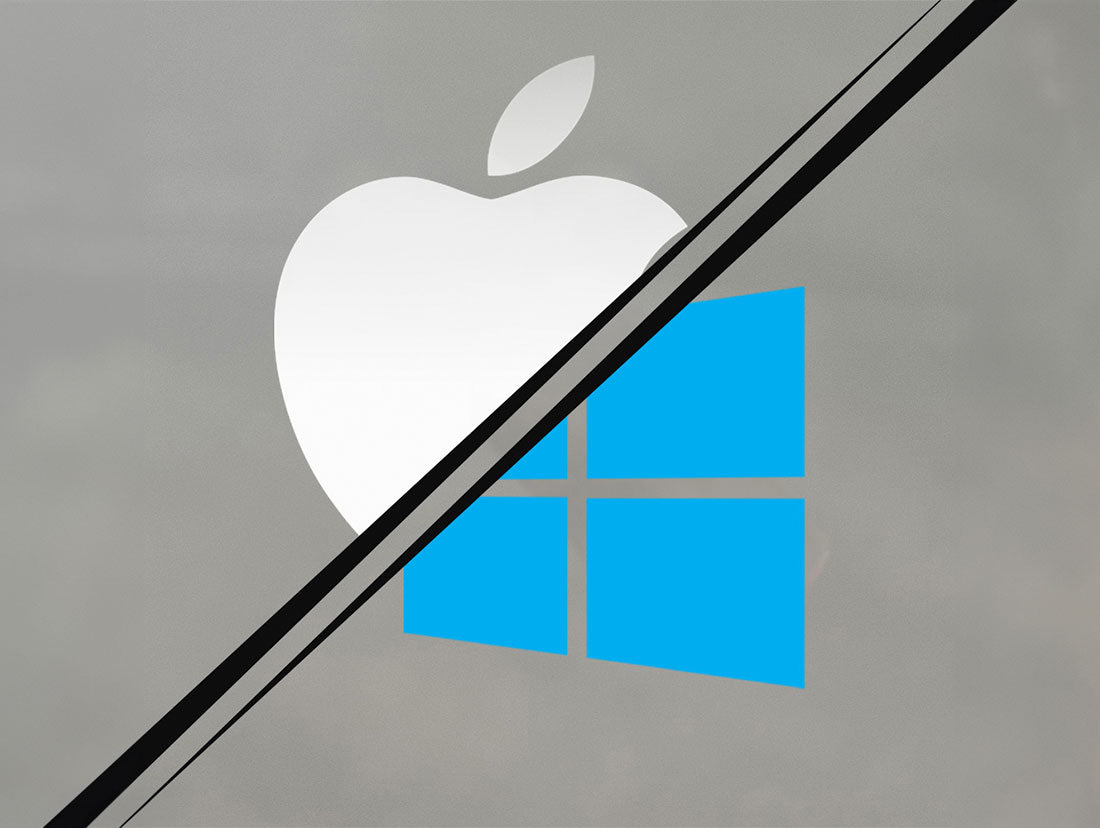Update (03/20/2023):
Apple has already confirmed that the new iPhone 15 series will have a USB-C port. However, Apple shows clever resistance against the European Union (EU) guidelines. "Made for Apple" USB-C charging cable is Apple's solution to the move from Lightning charging cable to USB-C charging cable. According to recent reports, the EU plans to throw a wrench in Apple's plans to rely on "Made for Apple" USB-C cables. What exact steps will be taken and whether Apple will be influenced by this is still open. However, one thing can be said: Apple is in full focus with their ingenious prank.
Update (03/15/2023):
The rumors and speculations that Apple will switch to USB-C for the upcoming iPhone 15 series are piling up. However, it seems very likely that iPhone users will soon be able to enjoy a USB-C port. Nevertheless, Apple will probably not make the port compatible for all USB-C power cords. It is expected that the full capacity can only be achieved with "Made for Apple" USB-C cables. This means that users who are not willing to invest in these special Apple cables will not be able to use their devices to their full potential. Nevertheless, the switch to USB-C will certainly bring many advantages for Apple users.
Apple has always been a pioneer in the world of mobile devices. Each new version of the iPhone or iPad brings technical innovations and improved user experience. However, one question that many iPhone users are asking is: Will Apple ever switch to USB-C?
In this blog post, we will address this question. We will take a look at the current state regarding USB-C and Apple devices, compare the pros and cons of Lightning and USB-C, and imagine the future of the connector technology at Apple.
Which iPhone has a USB-C port?
Currently, no iPhone has a USB-C port. Instead, Apple has been using Lightning as the port for its mobile devices for years.
Why doesn't Apple use USB-C?
Apple has so far opted to use Lightning as a connector instead of switching to USB-C. One of the main reasons for this is the fact that Lightning is a proprietary connector from Apple, while USB-C is an open standard. This gives Apple control over the quality and compatibility of the connector.
Which Apple devices have a USB-C port?
Although the iPhone does not have a USB-C port, there are other Apple devices that already rely on USB-C. These include the iPad Pro, the MacBook and the iMac. In the latest MacBook lineup, Apple has completely replaced the Lightning ports with USB-C ports.
Will Apple use USB-C in the future?
There is a lot of speculation about whether Apple will switch to USB-C in the future. Some sources claim that the next iPhone, the iPhone 15, will be equipped with a USB-C port. However, this is not confirmed and remains just a guess for now. However, Apple still leaves the option of completely using wireless charging open.
Which is better: Lightning or USB-C?
While Apple has relied on the Lightning connector for years, USB-C has now become the standard connector for many mobile devices.
One of the main advantages of USB-C is that it is faster than Lightning. USB-C supports data transfer rates of up to 10 Gbps, while Lightning only supports up to 5 Gbps. This means that transferring large files and streaming videos is faster with USB-C than with Lightning.
Another advantage of USB-C is that it is more flexible than Lightning. USB-C can be used not only for charging devices, but also for connecting monitors, external hard drives, and other devices. With USB-C, a single cable can be used to connect various devices, making it much easier and more convenient.
Another important point is compatibility. USB-C is a universal standard that is supported by many manufacturers. This means that you can use one USB-C cable to charge or connect different devices, regardless of which manufacturer made them. On the other hand, Lightning can only be used for Apple devices and is not compatible with devices from other manufacturers.
However, Lightning also has some advantages over USB-C. For example, Lightning is significantly smaller than USB-C and takes up less space on the device. In addition, a wide range of accessories, such as charging cables, docks and adapters, have been available for years that are specifically designed for Lightning.
Ultimately, it depends on the individual requirements which port is better. When it comes to speed, flexibility, and compatibility, USB-C has the edge. However, if size and a wider range of accessories are more important, Lightning may be the better choice.
Can you charge an Apple device with USB-C?
Yes, Apple devices can be charged with USB-C, but this depends on several factors. First, the device and the charging cable must support USB-C. Then, the power adapter must provide sufficient power to charge the device. As a rule, iPhones, for example, have to come with a power supply that delivers at least 18 watts of power in order to charge faster.
It is also possible to use a USB-C power adapter with a Lightning cable to charge an Apple device. However, charging might not be as fast as with a USB-C cable. It is also important to note that older Apple devices may not be able to charge with USB-C because they have a different connector or do not support the required power.
Which is faster: USB-C or Thunderbolt?
The speed of data transfers and charging speeds is an important factor when choosing a port. In this context, the question arises as to which is faster: USB-C or Thunderbolt?
First of all, it is important to know that Thunderbolt and USB-C are not the same. Thunderbolt is a connector developed by Intel that is based on a PCIe interface. In comparison, USB-C is a connection standard that offers a variety of functions, including data transfer, video output, and power.
Although USB-C and Thunderbolt both share the same physical connector, they are not equally fast. Thunderbolt 3 is actually faster than USB-C because it offers higher bandwidth and increases the maximum transfer speed of data. Thunderbolt 3 also supports higher resolution video output and allows you to connect up to six devices through one port.
However, Thunderbolt is also more expensive than USB-C and requires special chips and cables to work. This makes Thunderbolt a more expensive option for device manufacturers.
Ultimately, the choice between USB-C and Thunderbolt depends on the user's specific needs and requirements. When it comes to simple data transfers, USB-C is a cost-effective option. However, when higher speeds and resolutions are required, Thunderbolt is the faster option.
When will USB-C become mandatory?
The standardized wired charging port will become mandatory in the European Union from December 27, 2022. This means that all devices must be equipped with a charging port that supports the USB-C standard. Apple thus has until December 27, 2024 to equip all products with USB-C.
There are rumors that Apple is resisting this change and is trying to get an exemption. However, the EU Commission has made it clear that there will be no exceptions and that all manufacturers have to meet the requirements.
Conclusion
Overall, USB-C is a modern and flexible connection technology that is used in many mobile devices. Apple has so far relied on the Lightning connector, but it is slowly becoming obsolete and does not meet the USB-C standard. Although Apple has already launched several devices with USB-C ports, there are no clear signs yet that the iPhone 15 will have a USB-C port.
Nevertheless, it is inevitable that USB-C will become the standard in the future and replace Lightning. The EU regulation makes this clear and forces manufacturers like Apple to adapt to the new standards. Whether the iPhone 15 or a later model will have a USB-C port remains to be seen. Until then, Apple users will continue to rely on adapters and cables to charge or connect their devices.

